Gen Z’s financial stress is fueling a new kind of consumerism
With economic strain and social values front and center, Gen Z demands more from brands. Here’s how to respond.
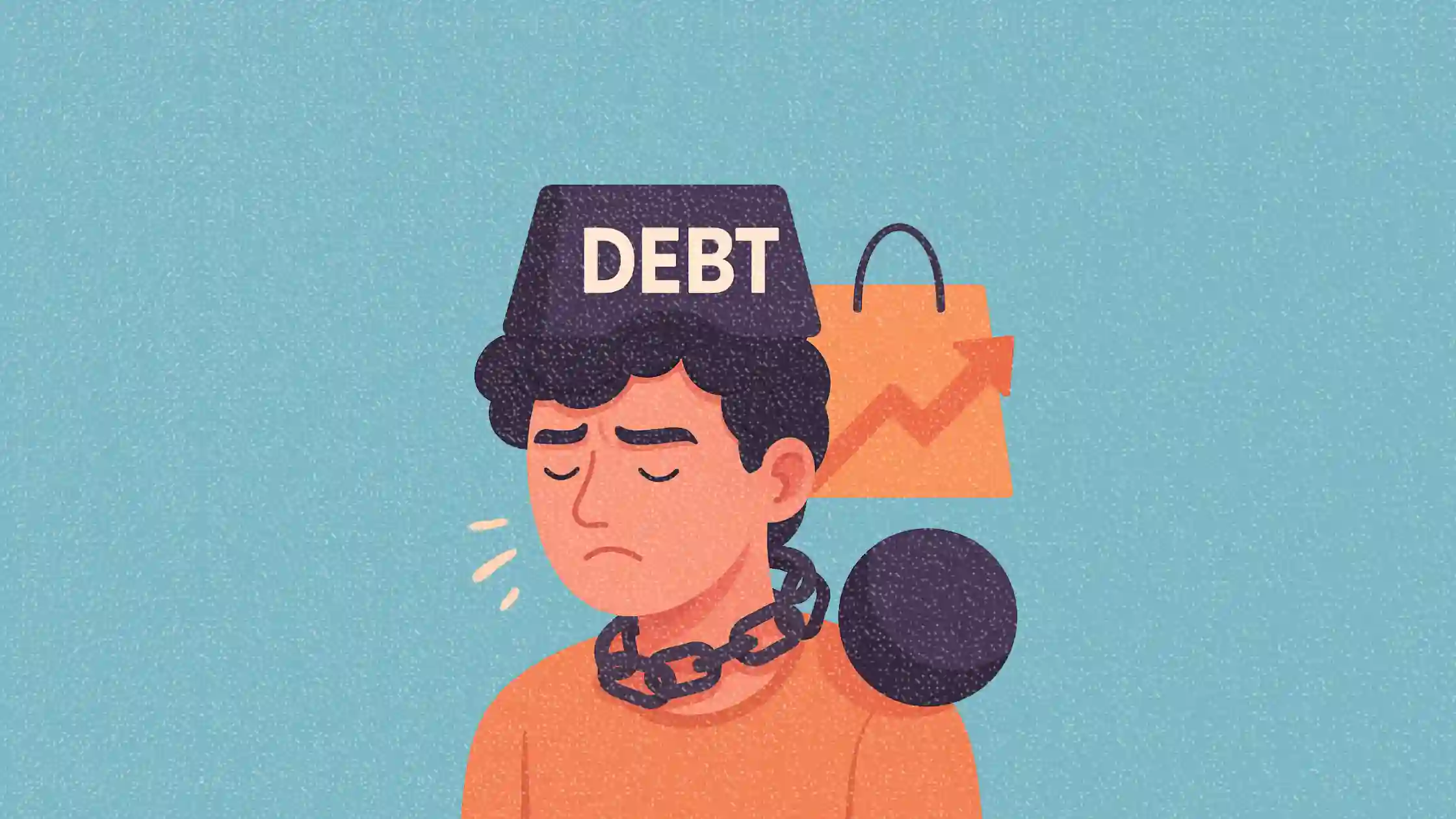
Born between 1997 and 2012, Gen Z is the first generation to grow up entirely online.
But their digitally fluent lives don’t exempt them from very real offline pressures—particularly economic ones.
As they come of age in an era defined by inflation, student debt, and precarious job markets, Gen Z is rewriting the rules of consumer behavior. They’re not just cautious spenders—they’re strategic ones, blending financial pragmatism with social values.
This article explores the economic forces shaping Gen Z and how marketers can align with this generation’s call for authenticity, transparency, and value.
Short on time?
Here’s a table of contents for quick access:
- The economic landscape Gen Z inherits
- Conscious consumption as a coping strategy
- The demand for purpose and transparency
- The role of social media and peer influence
- Opportunities for brands and marketers
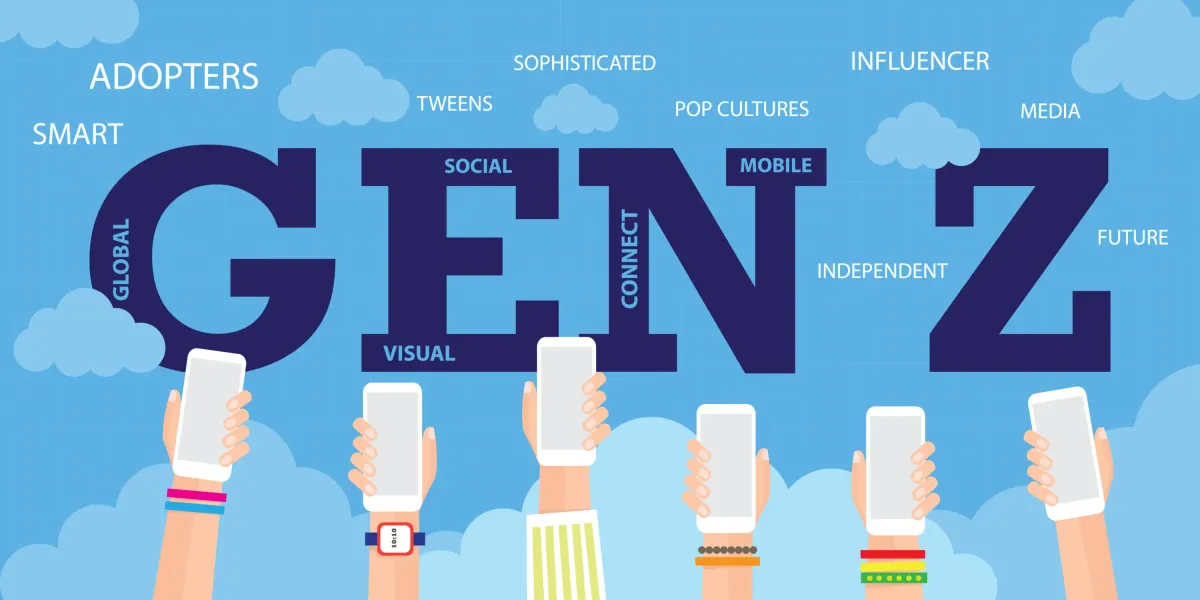
The economic landscape Gen Z inherits
Gen Z isn’t just navigating high prices—they’re entering adulthood carrying the highest average personal debt of any generation, estimated at US$94,101. Much of that stems from student loans and growing credit card use.
They also face a challenging job market. Despite being one of the most educated cohorts, approximately 41.2 % are underemployed—working jobs that don’t require their degrees. Compounding this is the rising cost of living, with nearly half of Gen Z living paycheck to paycheck and 43% juggling second jobs to stay afloat.
Compared to Millennials and Boomers at the same age, Gen Z is hitting fewer traditional financial milestones like home ownership or retirement saving.
The result? Long-term financial insecurity and a default mindset of caution and resourcefulness.
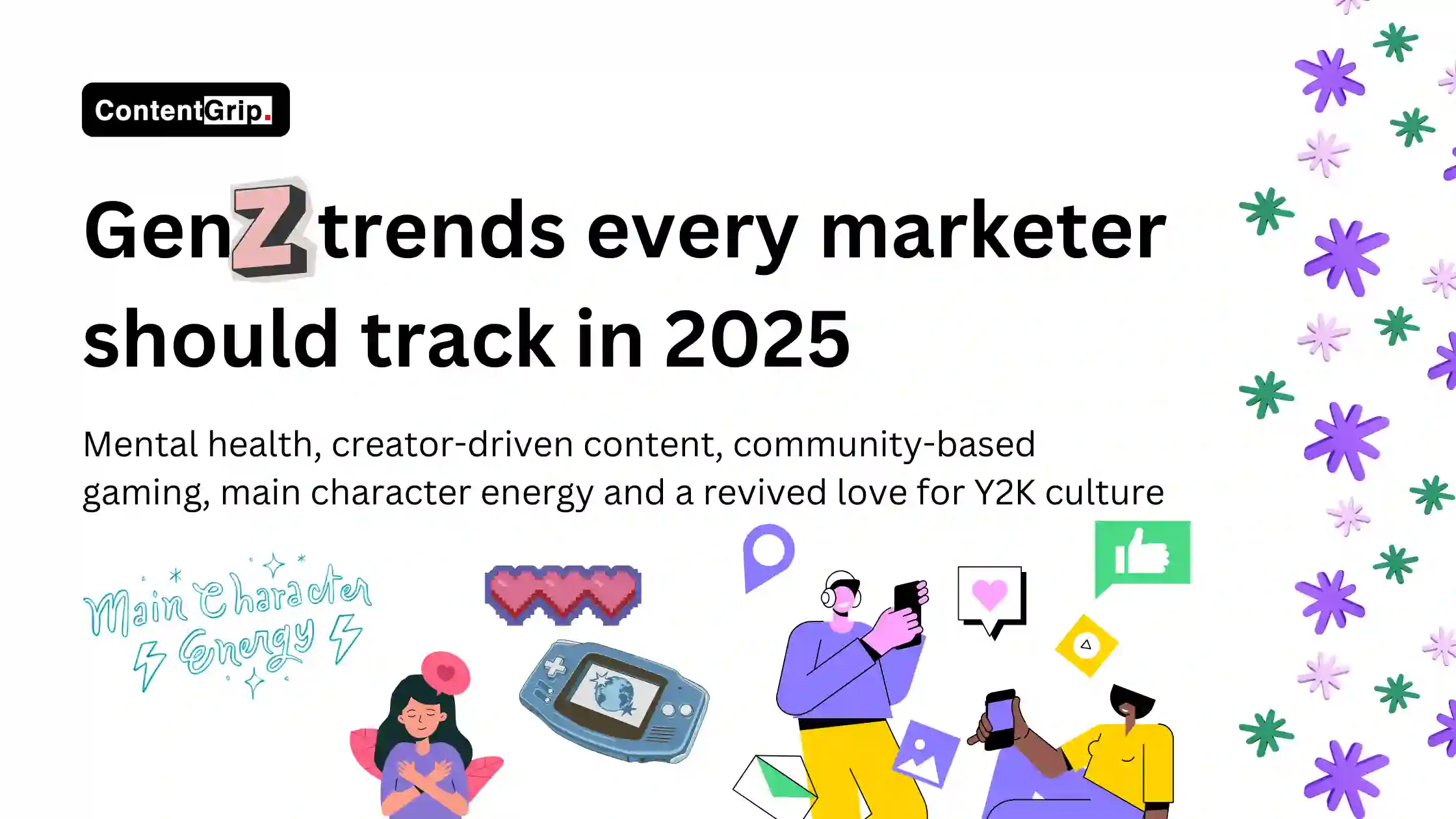
Conscious consumption as a coping strategy
For Gen Z, shopping is less about status and more about survival—and sustainability.
They prioritize utility and price performance. The rise of secondhand platforms like Depop and ThredUp is no accident: 36% of Gen Z shoppers buy pre-owned goods as a blend of budget consciousness and climate awareness.
They’re also big on “dupes”—affordable alternatives to luxury goods—opting for quality and functionality over flashy branding. Minimalist movements like “anti-hauls” further signal a shift from compulsive consumption to intentional buying.
Even their savings behavior reflects short-term realism. While 84% save part of their paycheck, only 20% prioritize retirement—a reflection of how near-term stability trumps long-term planning.
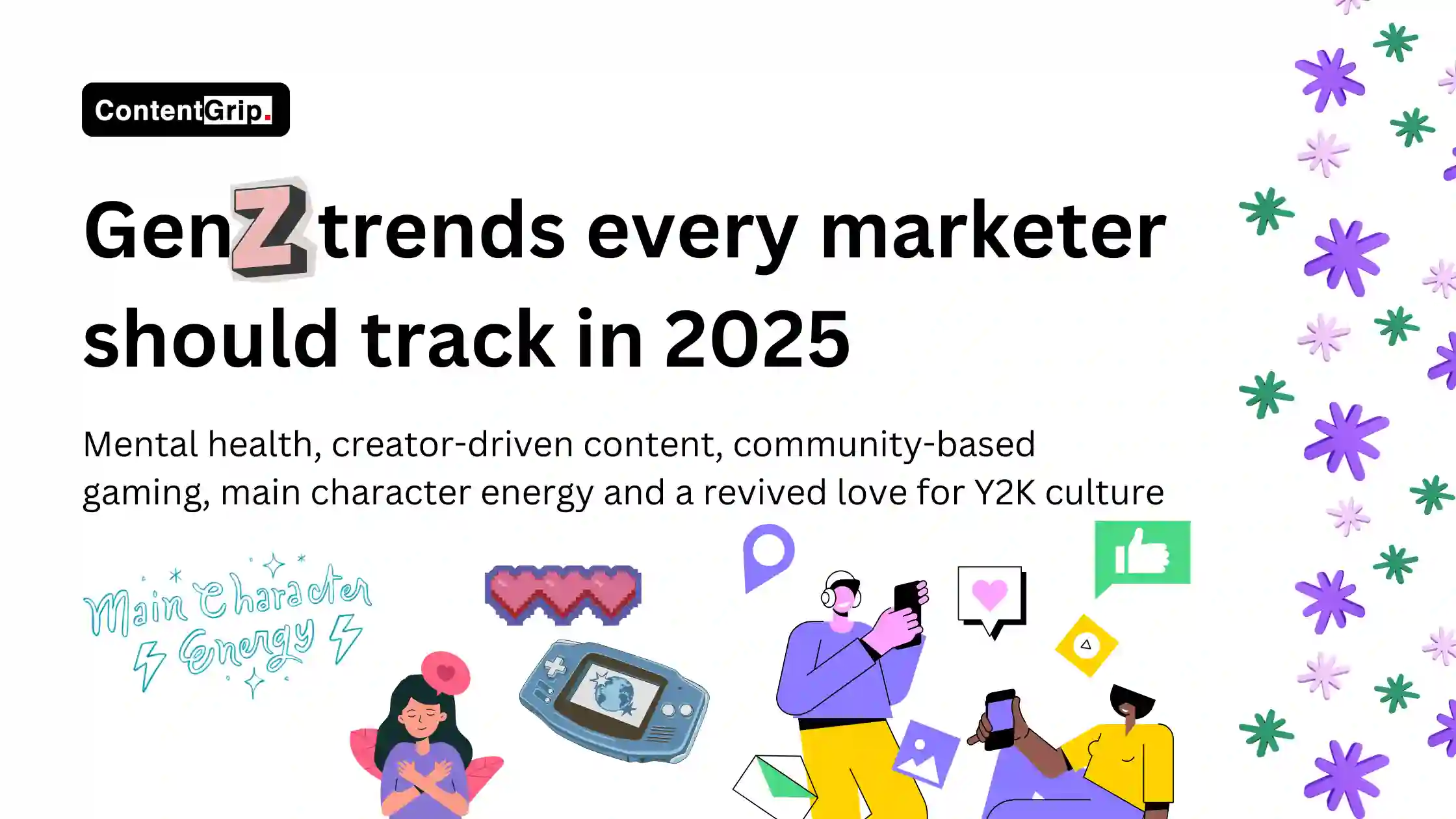
The demand for purpose and transparency
Gen Z doesn’t just buy products—they buy into brands.
A staggering 82% say they’re more likely to purchase from companies that advocate for social equality. This extends to environmental practices, with 37% of Gen Z abandoning brands they perceive as unsustainable.
What they want is radical honesty.
Brands that embrace transparency—about supply chains, pricing, values—stand to build lasting trust. This is especially critical as Gen Z actively researches before buying, scrutinizing whether a brand walks its talk.
Performative marketing or greenwashing won’t cut it. For this cohort, authenticity isn’t a buzzword—it’s the baseline.

The role of social media and peer influence
Platforms like TikTok and Instagram have become Gen Z’s primary discovery engines. An estimate of 45% cite them as top sources for shopping decisions, and 74% prefer shopping directly from their phones.
But they’re not swayed by celebrity endorsements—they trust micro-influencers and real customer reviews more. In fact, 53% say influencer recommendations directly impact what they buy.
The “deinfluencing” trend—where creators discourage unnecessary purchases—is gaining traction, emphasizing practical value over hype. For Gen Z, social proof is less about popularity and more about peer-validated worth.

Opportunities for brands and marketers
To reach Gen Z, brands must pivot from flash to function and from slogans to substance.
Here’s how:
- Be radically transparent: Break down your pricing, sustainability practices, and company values.
- Lean into multipurpose products: Emphasize durability and utility over one-time use or novelty.
- Use social media wisely: Partner with micro-influencers and highlight authentic UGC to build credibility.
- Create loyalty through purpose: Rewards programs tied to community initiatives or resale platforms can resonate.
- Engage with intent: Build feedback loops and visibly act on Gen Z input.
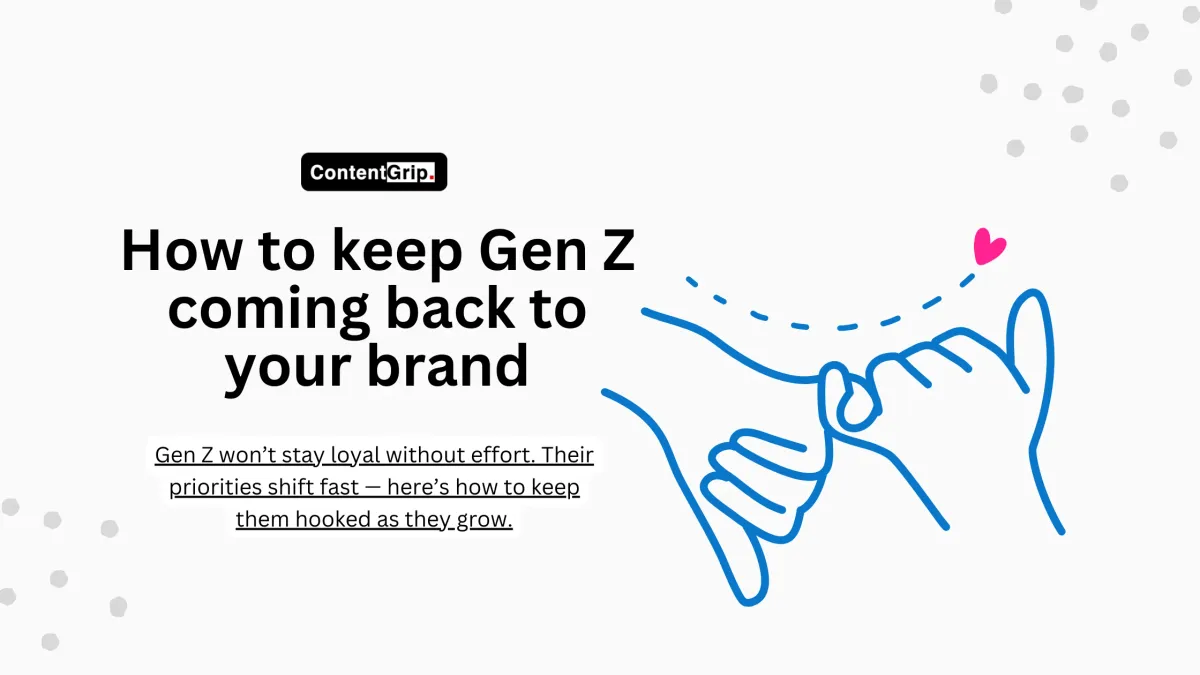
This generation isn’t anti-brand—they’re anti-bullshit.
Gen Z’s economic struggles aren’t just shaping their wallets—they’re shaping the future of marketing. They demand that brands offer more than products: they want purpose, affordability, and honesty.
For marketers, the message is clear. This generation rewards those who respect their constraints and values. Align with their mindset, and your brand could earn not just sales—but real loyalty.









